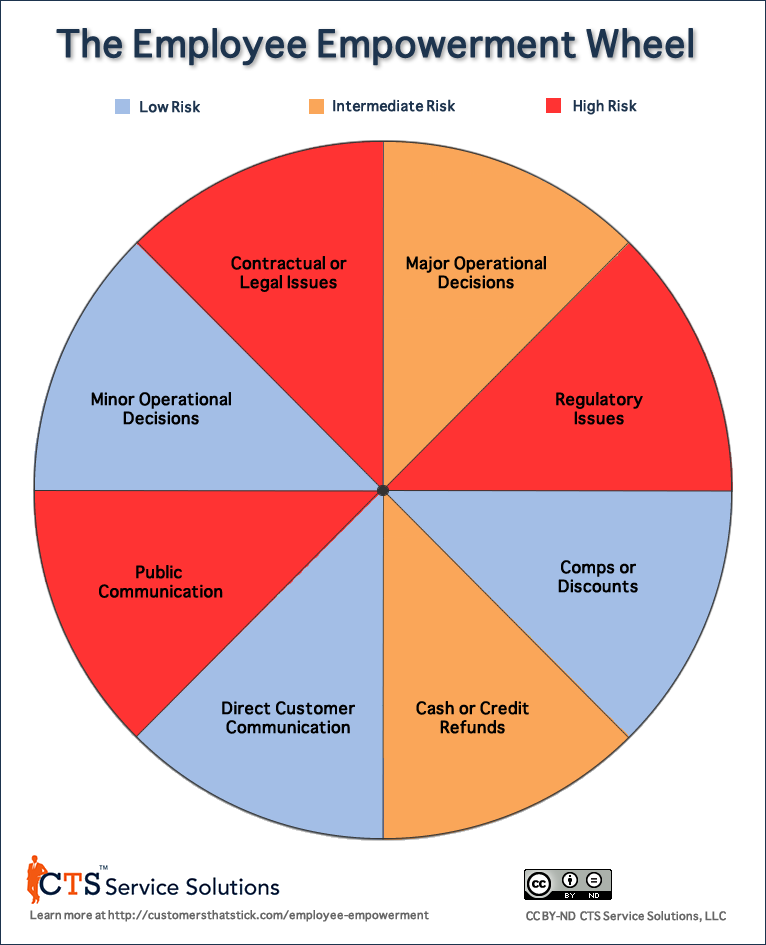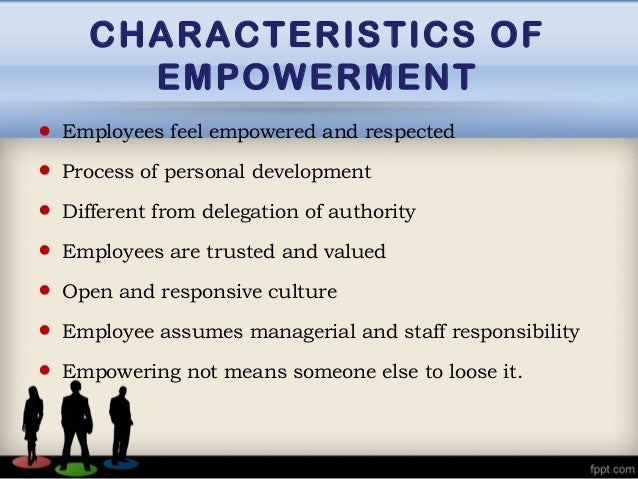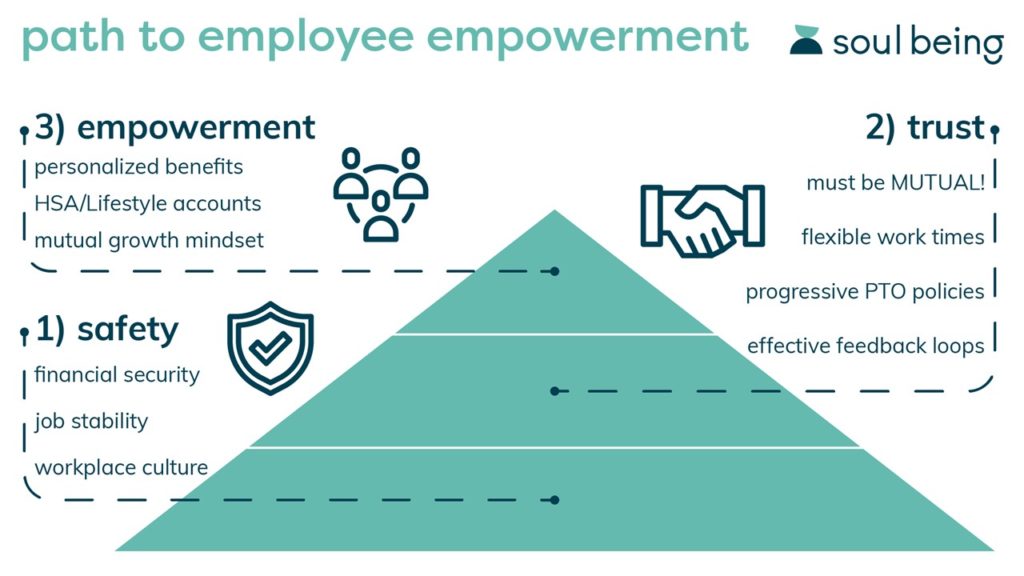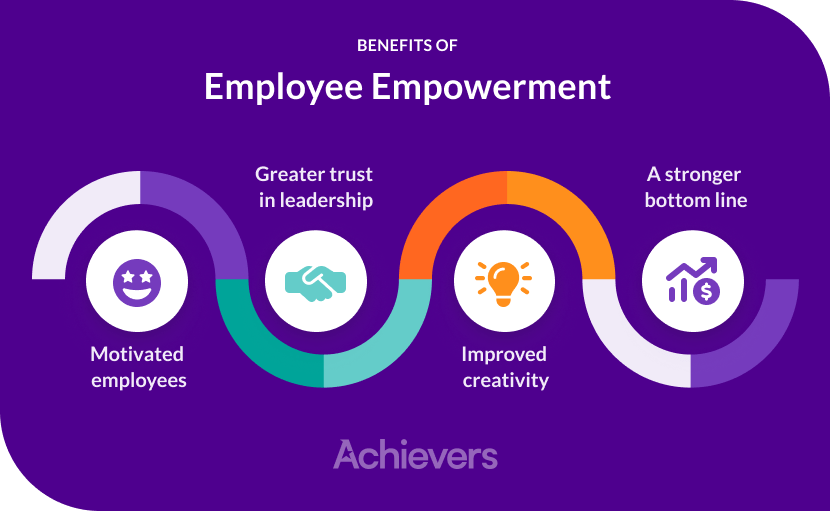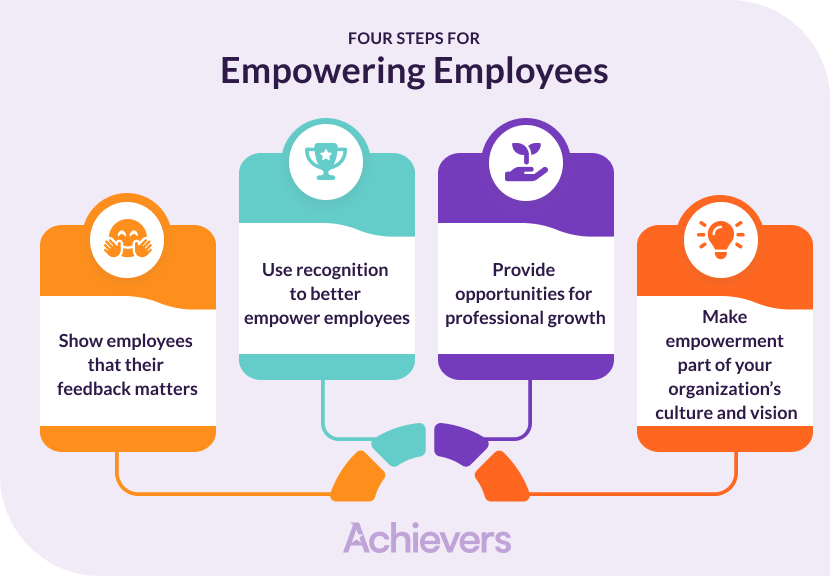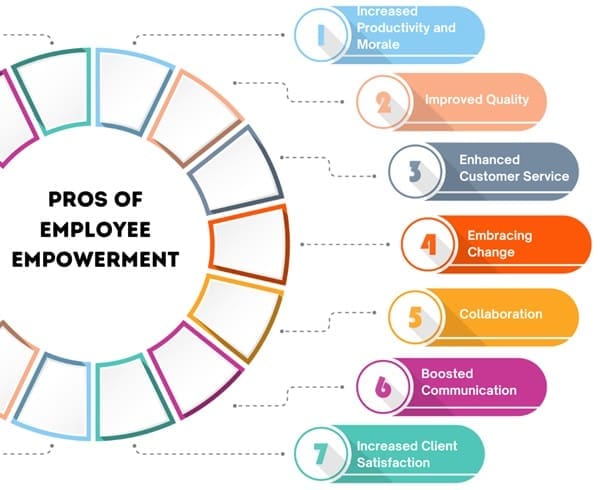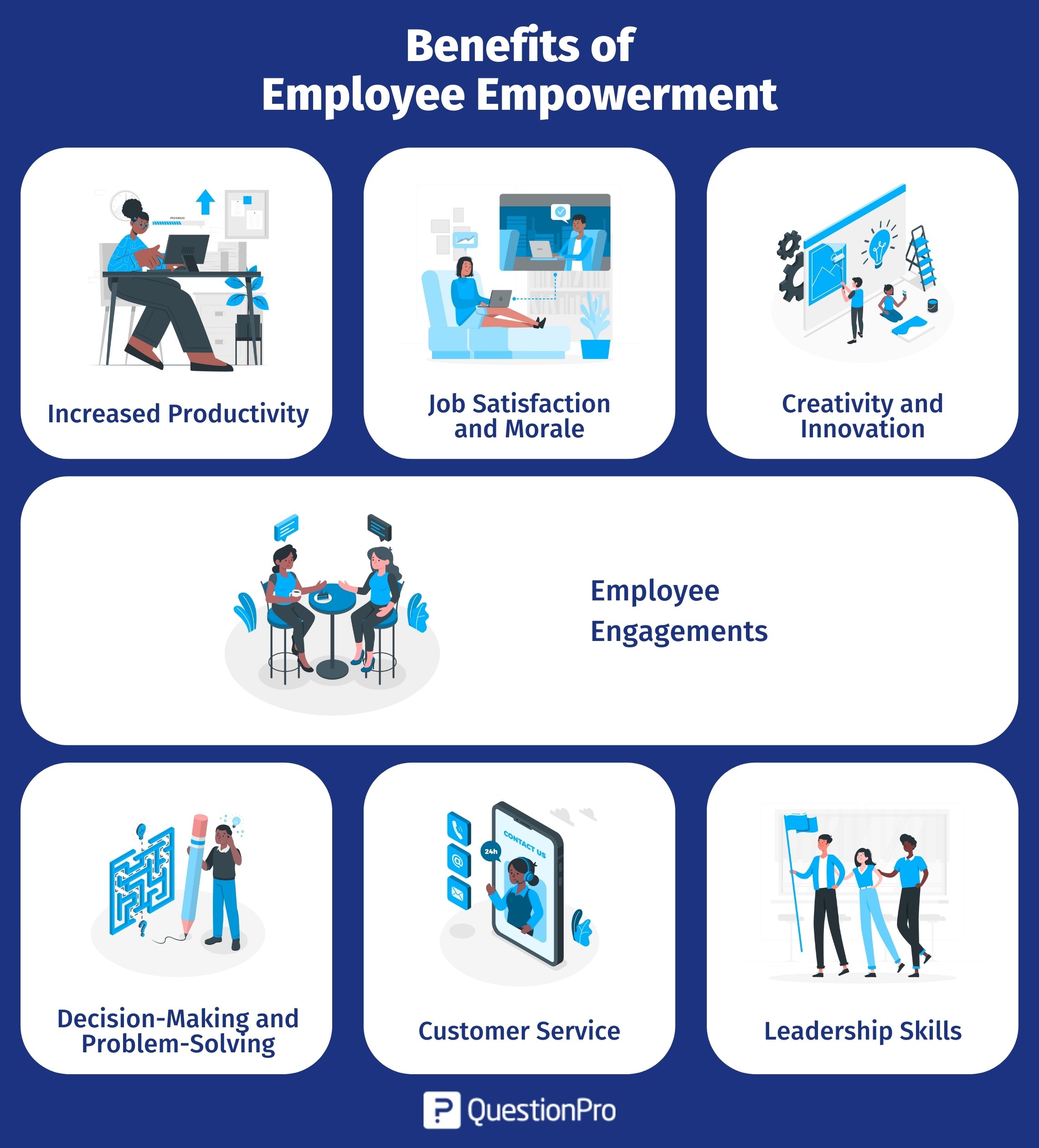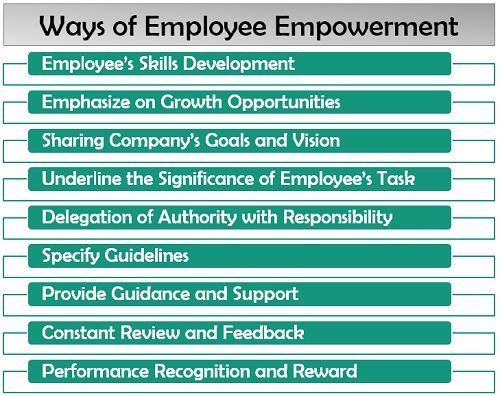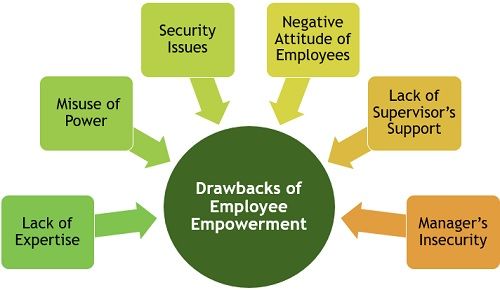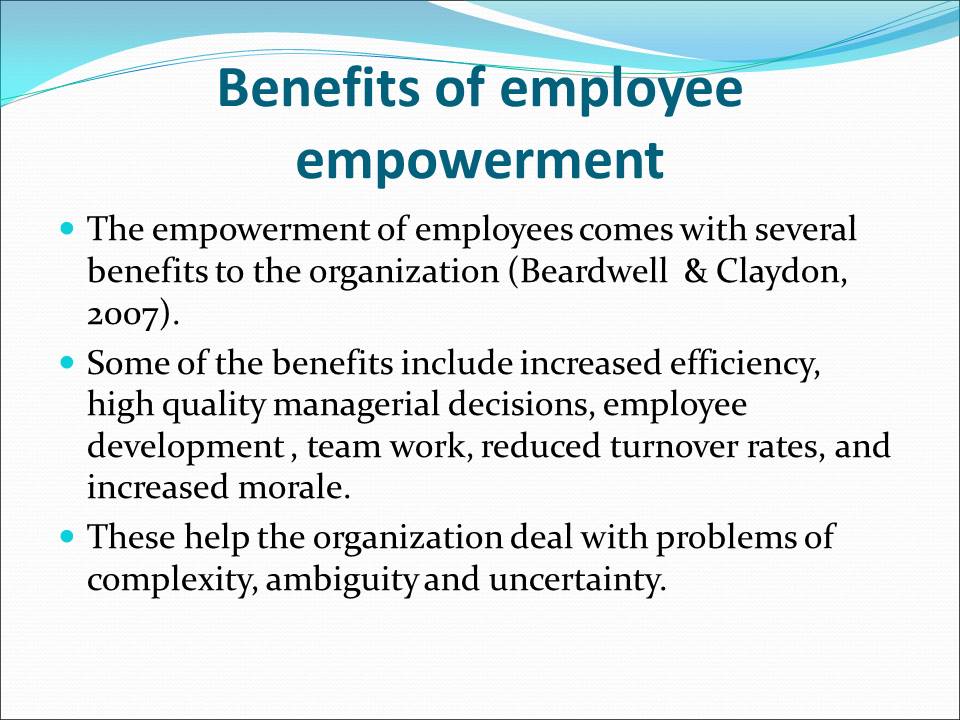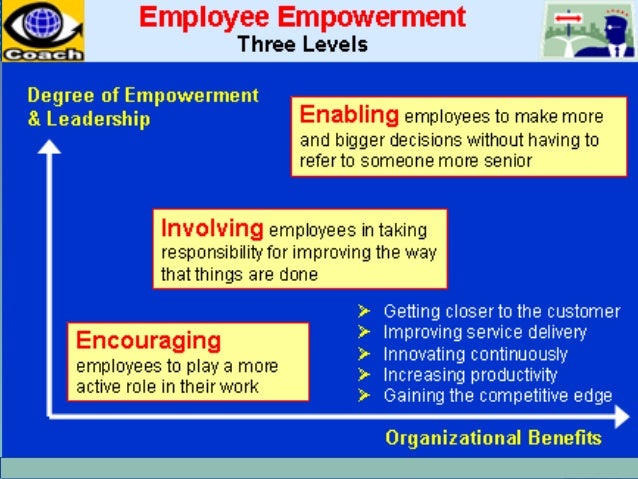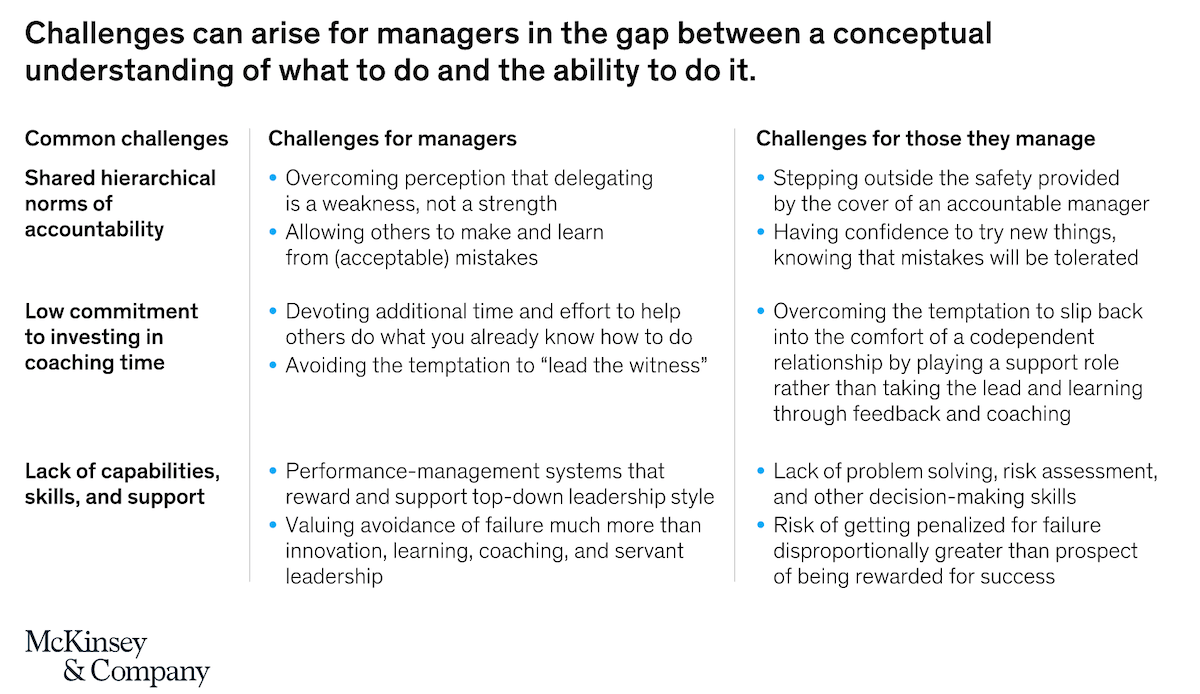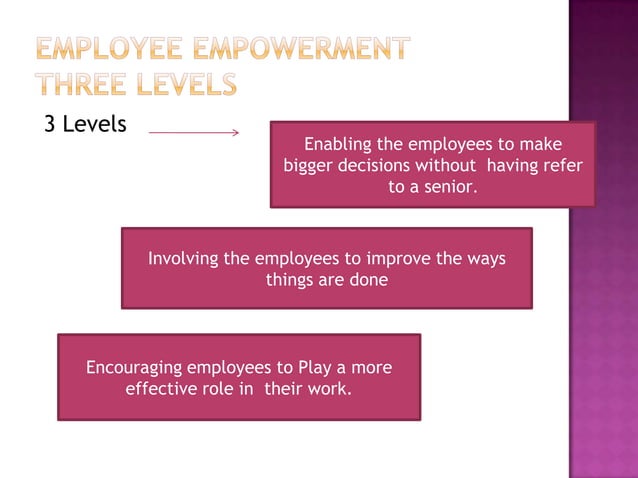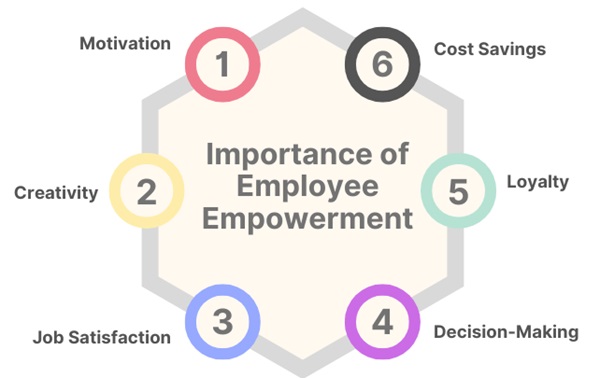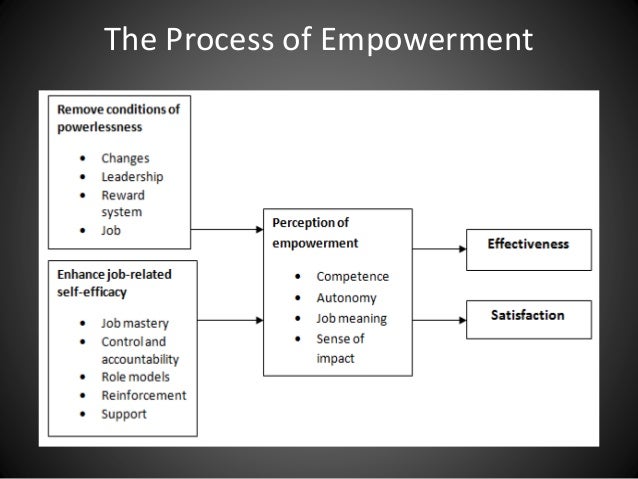Risks Related To Employee Empowerment

Imagine a bustling office, ideas flying like paper airplanes, and employees passionately shaping projects from the ground up. It's the dream of employee empowerment, where individuals feel valued, trusted, and capable of steering their professional destinies. But beneath this vibrant surface lies a complex landscape, fraught with potential pitfalls if not navigated carefully.
Employee empowerment, while a powerful tool for boosting morale and productivity, isn't a silver bullet. This article explores the potential risks associated with giving employees more autonomy and control, examining scenarios where empowerment can backfire and strategies to mitigate those challenges, ensuring a balanced and effective approach.
The Allure and the Ambiguity of Empowerment
Employee empowerment has become a buzzword, championed by organizations seeking to foster innovation and agility. At its core, it's about decentralizing decision-making, granting employees more ownership over their work, and encouraging them to take initiative. The idea is that engaged and empowered employees are more productive, creative, and committed to the organization's success.
However, the very definition of empowerment can be ambiguous. What constitutes true empowerment versus simply delegating tasks without providing adequate resources or support? The lack of clarity can lead to confusion, frustration, and ultimately, a sense of disempowerment.
The Shadow Side: Risks of Unchecked Empowerment
One significant risk is the potential for inconsistent decision-making. When employees have more autonomy, decisions might not align with the overall strategic objectives of the organization. This can lead to fragmentation, inefficiency, and even conflicting priorities across different teams.
Another concern is the potential for increased workload and stress. Empowerment can sometimes be interpreted as simply shifting responsibility onto employees without providing adequate training, support, or resources. This can lead to burnout, decreased job satisfaction, and ultimately, higher employee turnover.
Furthermore, lack of accountability can be a problem. If employees are empowered to make decisions but not held responsible for the outcomes, it can lead to reckless behavior and a disregard for consequences. A clear framework for accountability is crucial to ensure that empowerment translates into positive results.
"Empowerment without clear guidelines and expectations can be a recipe for disaster," warns Dr. Anya Sharma, a leading organizational psychologist. She emphasizes the importance of providing employees with the necessary tools, training, and support to succeed in their empowered roles.
Mitigating the Risks: A Balanced Approach
To successfully implement employee empowerment, organizations need to adopt a balanced approach. This involves providing clear guidelines and expectations, investing in training and development, fostering a culture of open communication, and establishing robust accountability mechanisms.
Clear Communication is Key: It is vital to communicate the organization's goals and values clearly. Employees need to understand how their individual contributions align with the broader strategic objectives. Open communication channels allow for feedback, clarification, and course correction, ensuring that everyone is on the same page.
Invest in Training and Development: Empowerment requires equipping employees with the necessary skills and knowledge to make informed decisions. This includes providing training on relevant topics such as problem-solving, decision-making, and communication skills. Continuous learning opportunities empower employees to grow and adapt to changing circumstances.
Foster a Culture of Trust and Support: Empowerment thrives in an environment of trust and support. Managers should act as coaches and mentors, providing guidance and encouragement while allowing employees to take ownership of their work. Creating a safe space for experimentation and learning from mistakes is crucial for fostering innovation.
Establish Accountability Mechanisms: While empowering employees, it's essential to establish clear accountability mechanisms. This involves setting measurable goals, tracking progress, and providing feedback on performance. Holding employees accountable for their decisions ensures that empowerment translates into positive outcomes for the organization.
Real-World Example: The Perils of Unstructured Freedom
Consider a tech startup that embraced employee empowerment wholeheartedly. They gave engineers complete autonomy over their projects, encouraging them to experiment and innovate freely. While the initial results were promising, with several groundbreaking ideas emerging, the lack of structure eventually led to chaos.
Engineers pursued their pet projects without considering market demand or strategic alignment. The company ended up with a collection of innovative but ultimately useless features. The startup eventually had to scale back its operations, highlighting the importance of balancing freedom with strategic direction.
The Path Forward: Empowerment with Purpose
Employee empowerment is a powerful tool that can unlock the potential of any organization. However, it's not a magic bullet. By understanding the potential risks and implementing a balanced approach, organizations can harness the benefits of empowerment while mitigating the challenges.
Ultimately, successful employee empowerment is about creating a culture where individuals feel valued, trusted, and capable of contributing their best work. It's about empowering employees with a purpose, providing them with the resources and support they need to succeed, and holding them accountable for their actions. Only then can organizations truly unlock the full potential of their workforce and achieve sustainable success.
